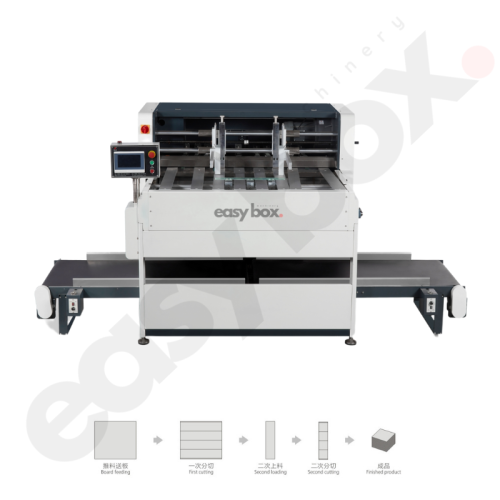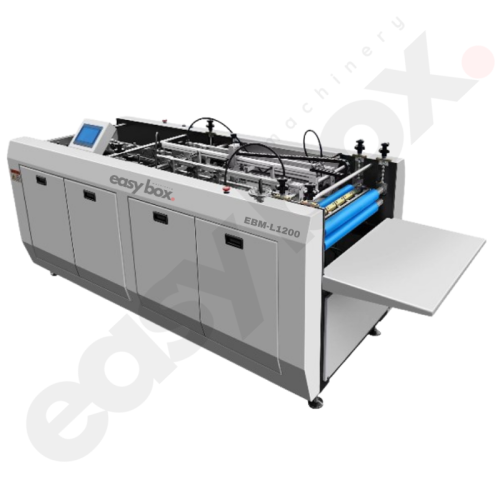In the rapidly evolving world of manufacturing, the demand for efficiency and precision has never been higher. Among the many innovations that have made a significant impact on the production landscape, the Automatic Feeder Paper Gluing Machine stands out as a game-changer, especially in the packaging and printing industries. This advanced machinery promises to streamline processes, enhance productivity, and reduce manual labor, thereby contributing to higher output and quality.
The Role of Automatic Feeder Paper Gluing Machines
Automatic Feeder Paper Gluing Machines are designed to automate the application of glue on paper, which is a critical step in the production of a wide range of products, including boxes, envelopes, and various types of packaging materials. By automating this process, manufacturers can achieve a uniform application of adhesive, ensuring consistent quality across all products. Furthermore, these machines are capable of handling a variety of paper sizes and types, making them incredibly versatile tools in the manufacturing process.
Key Features and Benefits
One of the key features of these machines is their high-speed operation. Equipped with automatic feeding mechanisms, they can process large volumes of paper quickly, significantly cutting down production times. Additionally, many models come with adjustable settings, allowing operators to customize glue patterns and quantities according to specific requirements, further optimizing the production process.
The precision offered by Automatic Feeder Paper Gluing Machines is another critical benefit. With advanced control systems, these machines ensure that glue is applied accurately, minimizing waste and reducing the need for reworks. This precision not only improves the quality of the final product but also contributes to cost savings by reducing material wastage.
Sustainability and Cost-Effectiveness
In today’s eco-conscious market, sustainability is a key concern for manufacturers. Automatic Feeder Paper Gluing Machines address this by reducing glue waste and enhancing energy efficiency. By precisely controlling the amount of adhesive used, these machines ensure that only the necessary amount of glue is applied, contributing to more sustainable manufacturing practices.
Moreover, the reduction in manual labor and material wastage translates into significant cost savings for manufacturers. The automation of the gluing process reduces the likelihood of human error, further enhancing efficiency and reducing costs associated with defects and reworks.
結論
The Automatic Feeder Paper Gluing Machine represents a significant advancement in manufacturing technology, offering a blend of efficiency, precision, and sustainability. As manufacturers continue to seek ways to improve productivity and reduce costs, the adoption of such innovative technologies is set to increase. With its ability to enhance product quality, streamline production processes, and contribute to more sustainable manufacturing practices, the Automatic Feeder Paper Gluing Machine is poised to play a crucial role in the future of manufacturing.








